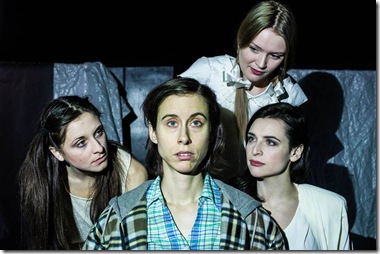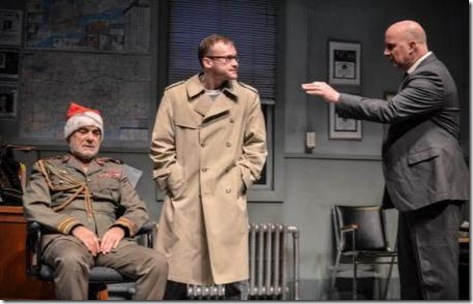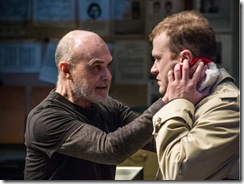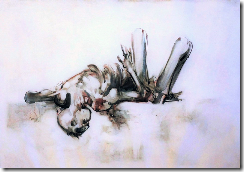Kanata’s Odd Couple Needs More Snap, Crackle, and Pop
Neil Simon’s The Odd Couple first arrived on Broadway more than half a century ago, but time has not diminished its comic potential. In chronicling what happens when the neurotic, freakishly neat Felix
Ungar moves in with his good-natured but slobbish buddy, Oscar Madison, the play becomes a springboard for hilarity. But if you look beyond the crisp one-liners and the deftly-managed comic situations — and how did that linguini end up clinging to the kitchen wall? — you
also find a good deal of sharp psychological observation about how human relationships can misfire.
Kanata Theatre’s new production has several things going for it. To begin with, there is the work of Bernie Horton and Stavros Sakiadis in the two key roles.
Horton’s Oscar is very much the likeable slob the script demands. His housekeeping may be atrocious, the bedraggled sandwiches he offers his buddies on poker night probably constitute a risk to one’s health, and you may sympathize with the ex-wife who keeps nagging him on the phone about his maintenance payments — but there’s something endearing and disarming about this Oscar in all his fallibility.
As Felix, Sakiadis adroitly gives us all the irritating foibles that will have Oscar climbing the wall within days — the hypochondria, the obsessive neatness, the fusspot fastidiousness that even has him distributing dainty doilies to the gang at the card table during one of Oscar’s poker nights.









